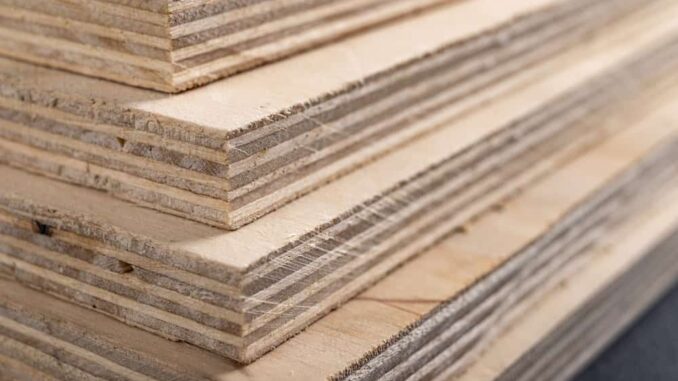
In the world of construction and design, plywood remains one of the most vital materials due to its exceptional versatility, strength, and affordability. Whether used in large-scale structural projects or delicate furniture making, plywood offers an unmatched combination of durability and practicality. While there are many variations of plywood available, Sande plywood has carved out its niche as a material that is particularly well-suited for specific needs, particularly those that demand superior moisture resistance and lighter weight. This article aims to delve deep into what Sande plywood is, how it is made, its advantages, and where it fits into the broader landscape of plywood varieties. By comparing Sande plywood with other popular types, such as Birch plywood, Hardwood plywood, and MDF, we will guide you in understanding when and why you should choose Sande plywood for your projects.
What is Sande Plywood?
Sande plywood is a type of plywood manufactured using veneer sourced from the Sande tree species, which is predominantly found in Southeast Asia. The Sande tree is known for its light-colored wood and unique characteristics, which contribute to the particular qualities of the plywood. This type of plywood stands out for its excellent balance between strength and weight, combined with superior moisture resistance, making it an ideal choice for a wide variety of applications.
Origin and Characteristics of Sande Wood
The Sande tree, a fast-growing softwood, thrives in tropical climates, particularly in Southeast Asia. Its wood has a distinctive light color, typically ranging from pale yellow to off-white, and possesses a smooth texture that makes it suitable for creating fine veneer sheets. While Sande wood is generally considered a softwood, it holds its own in terms of strength and durability when compared to other softwoods.
The properties of the Sande wood itself make it an appealing material for creating plywood. One of its most notable characteristics is its natural resistance to moisture, which makes Sande plywood an excellent option for environments where high humidity or direct water exposure is a concern. Furthermore, Sande wood is less prone to warping than many other types of softwood, which contributes to the overall stability and longevity of Sande plywood.
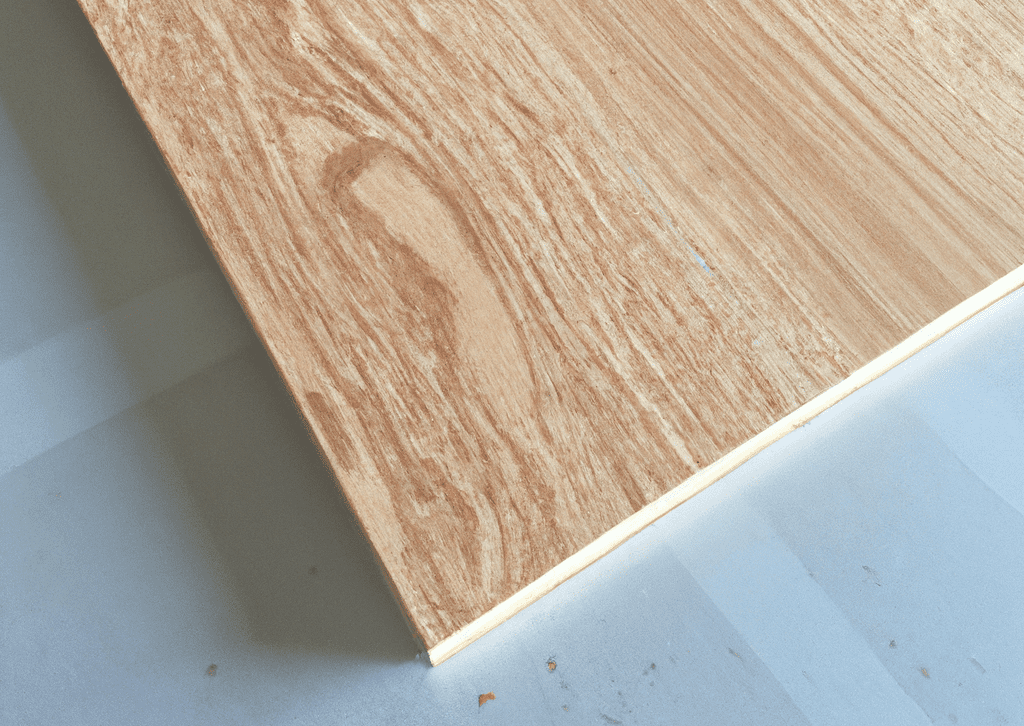
Key Features of Sande Plywood
- Strength and Durability: While Sande plywood is not as dense or heavy-duty as hardwood plywood, it is remarkably strong for its weight. This makes it an ideal material for projects that require moderate strength without the need for heavy structural support. Sande plywood is capable of withstanding daily wear and tear, and its flexibility makes it easier to work with than denser alternatives.
- Moisture Resistance: One of the standout features of Sande plywood is its superior resistance to moisture. The wood’s natural moisture-repelling properties make Sande plywood a favored choice for applications exposed to water, such as marine construction, bathrooms, kitchens, and areas with high humidity.
- Surface Quality: While the surface of Sande plywood is not as smooth or fine-grained as some other plywood types like birch, it has a textured finish that provides a unique aesthetic. This texture can be ideal for specific design styles, particularly rustic or industrial themes, where a natural, unfinished look is desired.
Manufacturing Process of Sande Plywood
The process of manufacturing Sande plywood involves several crucial steps to transform the raw Sande wood into a finished product that is strong, durable, and moisture-resistant. Understanding the process gives insight into how the final product retains the key characteristics that make it so valuable.
Harvesting and Drying
The journey of Sande plywood begins with the harvesting of the Sande tree, which is carefully selected to ensure it meets the required standards. After the trees are felled, the logs are transported to specialized mills, where they are debarked to remove the outer layers. The remaining wood is then sliced into thin veneer sheets. These sheets are placed into drying chambers to reduce the moisture content, a step that ensures the plywood does not warp or buckle during use. The drying process also helps improve the adhesive bonding in the final plywood.
Bonding and Layering
Once the veneer sheets are prepared, the next step is to arrange them in layers. The key to making plywood is the alternating of grain directions between layers. This method, known as cross-lamination, increases the strength and stability of the plywood, reducing the risk of bending, twisting, or warping. For Sande plywood, this layering process is particularly important, as it helps to enhance the plywood’s moisture resistance by ensuring that the adhesive used to bond the layers is evenly distributed.
The adhesive used for bonding in Sande plywood is specifically designed to hold up against moisture and environmental stress. The adhesive also ensures that the individual sheets of veneer are firmly secured together, resulting in a final product that is resistant to delamination.
Finishes for Sande Plywood
Sande plywood is available in several finishes, depending on its intended use. The most common finishes include:
- Smooth Finish: This finish is typically used for applications where a sleek, polished surface is required, such as in furniture making or interior design projects.
- Textured Finish: This finish is preferred in applications where a more rustic or industrial look is desired. The natural texture of the wood can add depth and character to the surface, making it ideal for certain aesthetic styles.
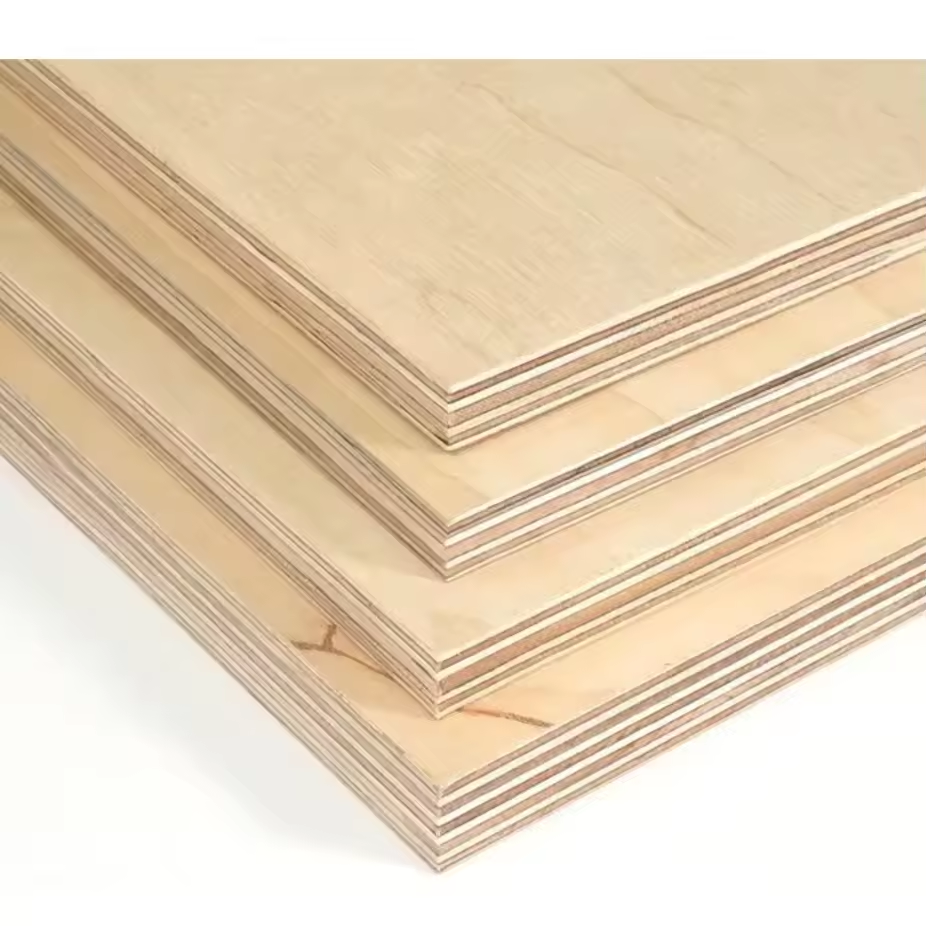
Advantages of Sande Plywood
Sande plywood offers a range of benefits that make it particularly useful for specific applications. Below are some of the primary advantages of using Sande plywood:
Durability and Strength
While Sande plywood may not match the raw strength of hardwood alternatives like oak or maple, it offers a high level of durability for most common applications. Its relatively light weight, combined with sufficient strength, makes it a solid choice for construction projects where heavy-duty plywood is not necessary.
Moisture Resistance and Marine Suitability
One of the most significant advantages of Sande plywood is its resistance to moisture. Unlike some other types of plywood that may degrade or warp when exposed to water, Sande plywood maintains its integrity and strength in moist environments. This makes it an excellent choice for marine construction, including boat building, as well as for applications in areas that experience high humidity or frequent exposure to water, such as bathrooms and kitchens.
Aesthetic Appeal
While it may not have the ultra-smooth surface of birch or hardwood plywood, Sande plywood still has a certain charm due to its natural texture. This texture can be an attractive feature in certain interior design styles, especially for rustic, industrial, or natural-themed designs. The light color of the wood also makes it versatile and easy to stain or paint, allowing it to adapt to a wide variety of design needs.
Cost-Effectiveness
Sande plywood is generally more affordable than high-end plywood options such as birch or hardwood plywood. This makes it an attractive option for budget-conscious projects that still require the benefits of moisture resistance and durability. Sande plywood can provide a practical solution for large-scale construction projects, such as flooring or wall sheathing, without the need for more expensive alternatives.
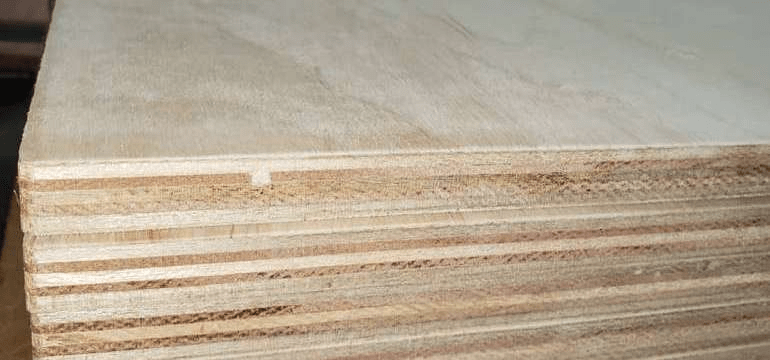
Comparison with Other Types of Plywood
When deciding which type of plywood is best for your project, it’s important to consider the specific advantages of each option. Below is a comparison of Sande plywood with other popular plywood types: Birch plywood, Hardwood plywood, and MDF.
Sande Plywood vs. Birch Plywood
- Material Composition and Origin: Birch plywood is made from the hardwood of birch trees, known for their strength and fine, consistent grain. In contrast, Sande plywood is made from the softwood of the Sande tree, which is lighter and offers excellent moisture resistance.
- Strength and Durability: Birch plywood is generally stronger and denser than Sande plywood, making it suitable for applications that require substantial load-bearing capacity, such as furniture or cabinetry. However, Sande plywood offers enough strength for less demanding applications and is especially suited to environments where moisture resistance is paramount.
- Aesthetic Appeal: Birch plywood is prized for its smooth surface and attractive grain, which makes it ideal for high-end furniture and cabinetry. Sande plywood, with its more textured surface, may not have the same refined appearance but offers a distinct look that works well in more natural or rustic design settings.
- Cost Comparison: Birch plywood tends to be more expensive due to the higher cost of the raw material and the more labor-intensive production process. Sande plywood, on the other hand, is more affordable, providing an economical alternative for projects that do not require the ultimate strength or high-end finish of birch.
Sande Plywood vs. Hardwood Plywood
- Material Composition: Hardwood plywood is made from dense hardwood species like oak, maple, or mahogany, making it stronger and more durable than Sande plywood. However, hardwood plywood is often heavier and more expensive. Sande plywood is lighter and more affordable, with a distinct advantage in moisture resistance.
- Performance Characteristics: Hardwood plywood is typically used for structural applications where maximum strength is required, such as in heavy-duty furniture, cabinetry, and framing. Sande plywood is best suited for general construction and marine applications, where its moisture resistance makes it particularly valuable.
- Cost: Hardwood plywood generally comes at a premium price due to its density and durability. Sande plywood offers a more budget-friendly alternative for applications where cost and moisture resistance are more important than sheer strength.
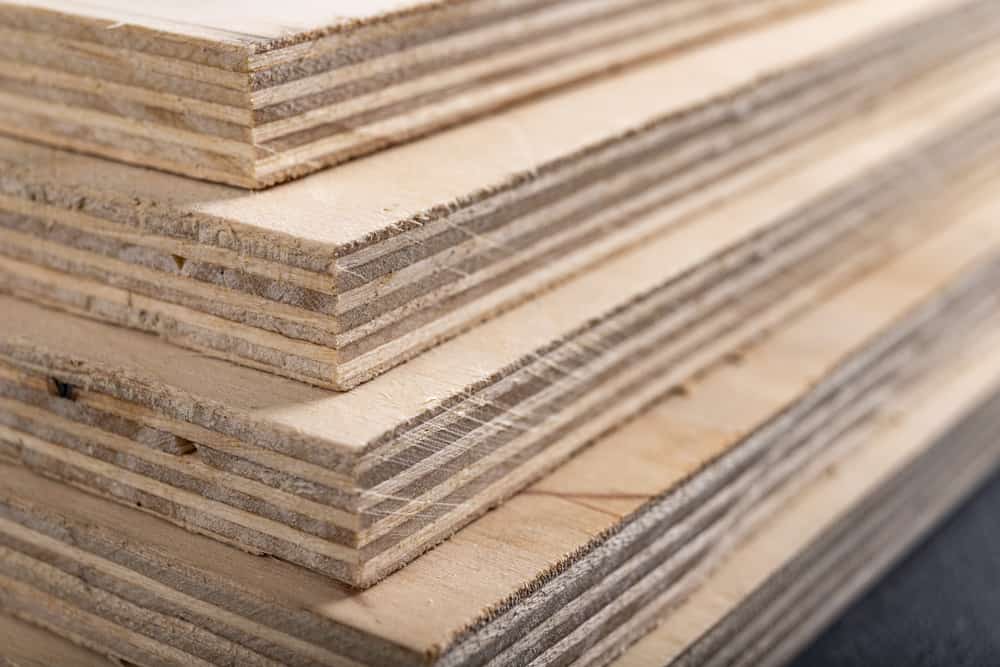
Sande Plywood vs. MDF (Medium Density Fiberboard)
- Surface Smoothness and Weight: MDF offers a smooth surface that is easy to paint, but it is much heavier than Sande plywood and lacks the strength and moisture resistance necessary for outdoor or wet environments. Sande plywood is lighter and more durable, making it a better choice for areas exposed to water or moisture.
- Durability and Moisture Resistance: MDF is not as moisture-resistant as plywood and tends to swell and degrade when exposed to water. Sande plywood, in contrast, maintains its integrity in moist environments and is much better suited for projects like marine construction or bathroom installations.
Sande Plywood vs. Softwood Plywood
- Use Cases: Both Sande and softwood plywood can be used in general construction, but Sande plywood’s added moisture resistance makes it more suitable for environments prone to humidity or water exposure. Softwood plywood is a good choice for lightweight structures where moisture resistance is not a primary concern.
- Cost Comparison and Strength: Sande plywood may be priced similarly to softwood plywood but offers superior moisture resistance, making it a better choice for projects requiring water resistance without the need for the density of hardwoods.
Applications of Sande Plywood
Sande plywood is incredibly versatile and can be used in a variety of applications. Its moisture resistance, combined with its strength and aesthetic appeal, makes it suitable for several distinct uses:
- Construction: Sande plywood is widely used for general construction projects like flooring, wall sheathing, and subflooring, where moisture resistance is needed, but strength requirements are moderate.
- Furniture Making: Sande plywood is also used in the creation of furniture, particularly for rustic or industrial designs. Its lighter weight makes it easier to work with than denser hardwoods.
- Marine Construction: Sande plywood is highly valued in boat building and other marine applications due to its excellent moisture resistance. The plywood remains stable in wet conditions, which is crucial for ensuring the structural integrity of boats and marine vessels.
- Interior Design: The distinctive texture and light color of Sande plywood make it an attractive choice for interior design, especially in spaces that feature natural or industrial aesthetics.
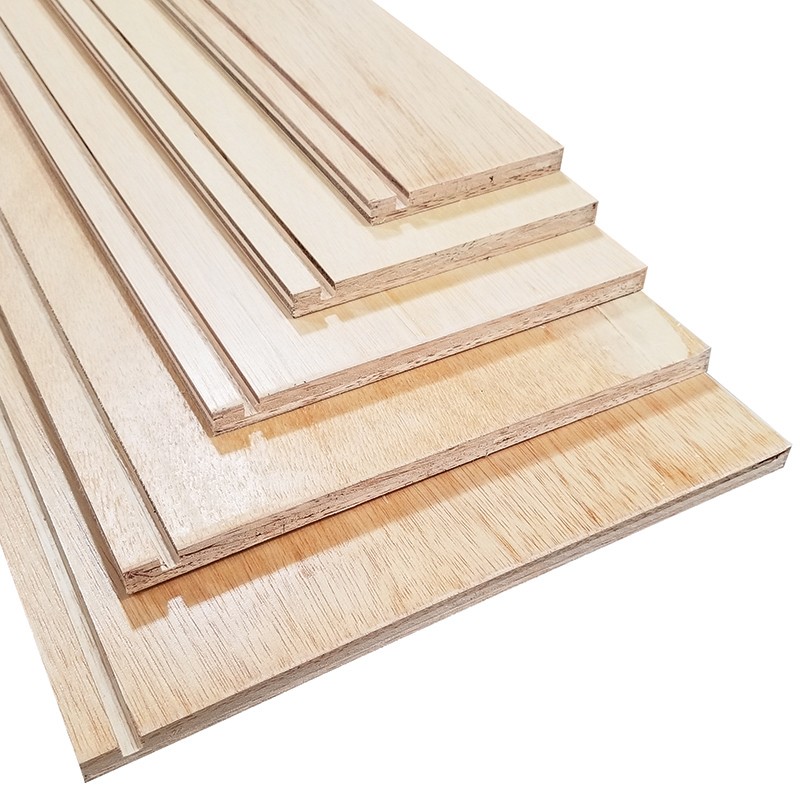
Disadvantages of Sande Plywood
Despite its many advantages, Sande plywood is not without its limitations:
- Susceptibility to Termites: As with most softwood plywood, Sande plywood can be vulnerable to termite damage if not properly treated. To mitigate this risk, it is important to treat the plywood with appropriate preservatives.
- Environmental Concerns: If Sande plywood is sourced from non-sustainable forests, there can be environmental concerns related to deforestation. Always check to ensure that your Sande plywood comes from a responsible supplier that practices sustainable forestry.
How to Choose the Right Plywood for Your Project
Choosing the right plywood for your project requires careful consideration of your specific needs, such as strength, moisture resistance, and budget. If your project demands good moisture resistance but does not require heavy-duty strength, Sande plywood is a great option. However, for more structurally demanding applications, hardwood or birch plywood may be a better choice.
Conclusion
Sande plywood is an incredibly versatile and cost-effective material that stands out for its exceptional moisture resistance, strength, and aesthetic appeal. While it may not be as strong or dense as hardwood or birch plywood, its unique properties make it an ideal choice for applications that require a lightweight, durable, and moisture-resistant material. Understanding its advantages and how it compares to other types of plywood can help you make the best choice for your next project. Whether you’re working on construction, furniture making, or marine applications, Sande plywood is a reliable and affordable solution that delivers consistent performance.